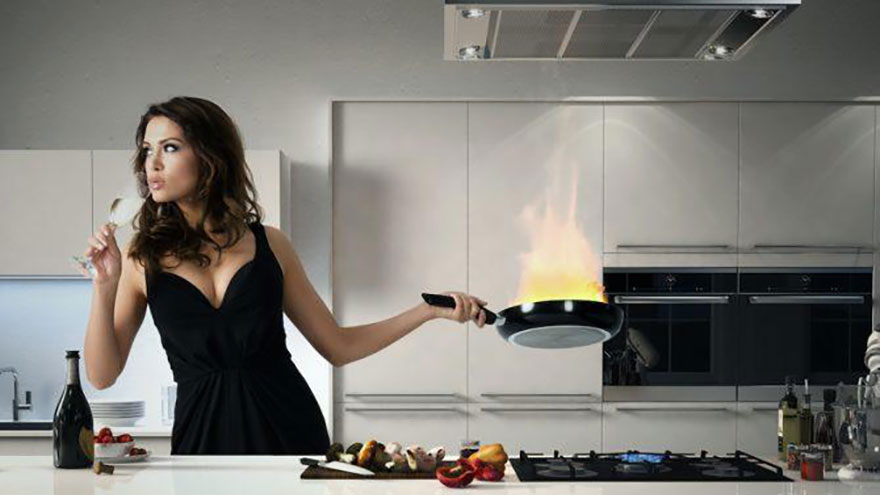Cooking with Champagne
This Christmas or holiday season, chances are you’ve consumed a bit of bubbly. Or perhaps you save champagne for New Year’s. If you have some left over, you may wonder what to do with it. Why, cook with it, of course!
Cooking with champagne is similar to cooking with wine – and the champagne need not be bubbly for it to add elegant flavor to your favorite dishes. It’s just fine to use left over champagne as long as it’s no more than six days old. (After which time, champagne begins turning into vinegar.)
How to Cook with Champagne
- Champagne adds delicate flavor to dishes and helps draw out the flavor of the foods in the dish. This is especially fish, shellfish, pork, poultry, citrus, and tart berries.
- Just a small amount of champagne stirred into a parmesan risotto is also superb.
- Ham glazed in champagne is like no other ham you’ve tasted.
- You don’t need to spend a fortune on champagne for it to be “worth” cooking with. Relatively inexpensive, domestic champagnes work wonderfully in cooking (as do sparkling white wines). Nonetheless, if you wouldn’t drink it, don’t cook with it.
- Champagne offers a unique flavor when use at the beginning of the cooking process, at the end of cooking, or to deglaze a pan.
- Try a small amount of champagne with your favorite vegetables. Collard greens, carrots, onion – even in vegetable soup.
- Mushrooms – especially truffles – are enhanced by champagne.
- If for some reason you don’t get around to using your leftover champagne within six days, allow it to turn into vinegar and use it as a substitute for ordinary vinegar in recipes where you want a mildly acidic flavor. Champagne vinegar is especially good in salad dressing, mixed with olive oil and herbs as a marinade for chicken, sprinkled over tomatoes, and in hollandaise sauce.

To properly store champagne once it’s been opened, you needn’t use a specially made cork or champagne bottle closure. The simplest method is actually the best. Just place the champagne bottle upright in the refrigerator.
And if you want to make an impression when you open champagne, try this technique:
- Remove the foil from the bottle.
- Remove the cage (the wire on top of the cork), keeping your thumb on the cork. (If you don’t hold the cork down, it could fly off as soon as the cage is removed.)
- Wrap a napkin around the cork and tilt the bottle so it’s facing away from you (and away from anybody nearby).
- Keep holding the cork in place, and wiggle the cork and bottle back and forth until the cork releases with a whooshing sound.
Check out the video version of this article on YouTube : Cooking with Champagne

